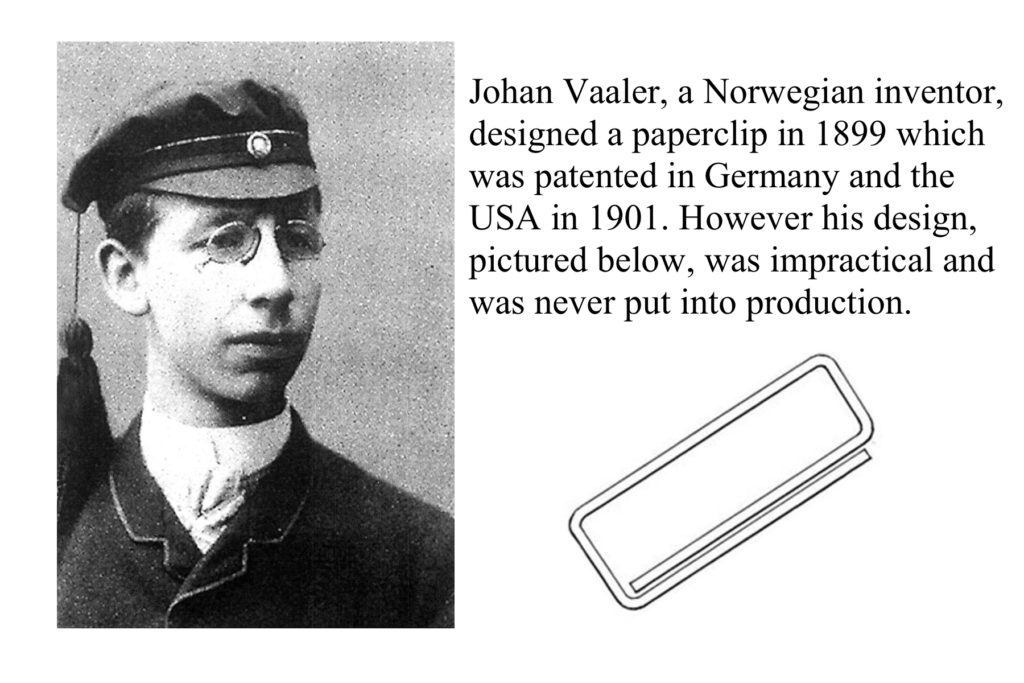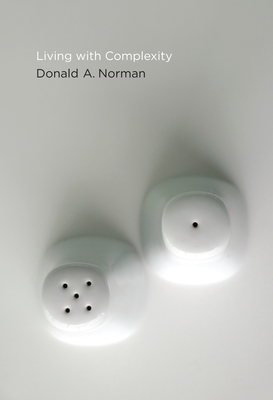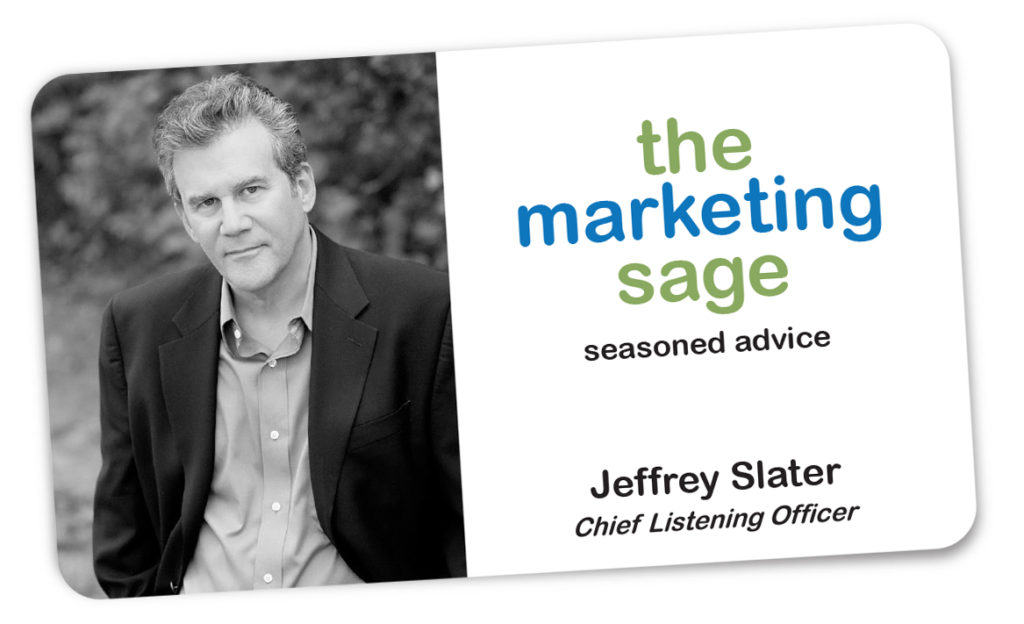Complexity bias is a hard idea to understand.
I can’t remember a time when I didn’t prefer the simple to the complex. Teachers or business leaders who could break down an idea into simple terms or useful metaphors made it easier to learn. When I didn’t understand a complex concept, breaking it down to its simplest components always helped.
I guess I have always had a bias toward simplicity.
Did you know that Johan Vaaler, a Norwegian is usually called the inventor of the paper clip. Norway had no patent office, so he filed an American patent for a set of square and triangular clips. That was in 1901.
Complexity Bias
When I heard a discussion in a podcast about complexity bias, I was intrigued. Faced with two theories, most people tend to choose the more complex idea. We avoid simple solutions and look for more complicated answers.
- The Cambridge Dictionary defines complexity as “the state of having many parts and being difficult to understand or find an answer to.”
- The definition of simplicity is the inverse: “something [that] is easy to understand or do.”
- Chaos is defined as “a state of total confusion with no order.”
Marketers take advantage of this bias by adding confusing language or meaningless details to product descriptions. Shampoo with protein-enriched vitamins or calcium-infused milk is two examples of making a product seem more sophisticated, fancy, or worth more dough. I’m guilty of doing this too when I used invented language to market products that we thought would sell better if they had fancy technology language attached to them.
Marketing, Brands, and Positioning
When working on branding projects, I always strive to reduce, simplify and make an idea accessible. I avoid jargon and try to find precise and crisp language to get at the brand’s promise. I shudder when I stumble on websites that are so complicated, you spend 8 seconds and bounce – knowing that it is like an impenetrable wall of words.
An easy-to-follow explainer video tells the viewer a simple-to-understand story that is rich in value. but most websites want to tell you everything – all at once.
Over the last twelve weeks, I have been working with a team on a branding project, interviewing more than 20 people for 50 hours of conversation. And after weeks of work, we have reduced it all down to six words to simplify their message with precisely the correct language. This simple tagline describes the complexity of the brand. By simplifying, we tell story that was repeated to us repeatedly in numerous stakeholder interviews.
We reduced hours of conversation and messages until they were like a thick sauce, rich in taste and concentrated in meaning. A bias toward simplicity was the path to get to the brand’s essence.
Living with Complexity
Donald Norman believes we need complexity in our lives. In his book, Living with Complexity, Donald A. Norman offers a perspective on why:
“We seek rich, satisfying lives, and richness goes along with complexity. Our favorite songs, stories, games, and books are rich, satisfying, and complex. We need complexity even while we crave simplicity… Some complexity is desirable. When things are too simple, they are also viewed as dull and uneventful.
Psychologists have demonstrated that people prefer a middle level of complexity: too simple, and we are bored, too complex, and confused. Moreover, the ideal level of complexity is a moving target because the more expert we become at any subject, the more complexity we prefer. Whether the issue is music or art, detective stories or historical novels, hobbies, or movies, holds.
Why we don’t want simplicity, and how we can learn to live with complexity.
If only today’s technology were simpler! It’s the universal lament, but it’s wrong.”
Norman writes that the complexity of our technology must mirror the complexity and richness of our lives. It’s not complexity that’s the problem, and it’s a terrible design. Bad design complicates things unnecessarily and confuses us. Good design can tame complexity.
Norman’s book gives us a crash course in the virtues of complexity.
Designers must produce things that tame complexity. But we too must do our part: we must take the time to learn the structure and practice the skills. This is how we mastered reading and writing, driving a car, and playing sports, and this is how we can master our complex tools.
Norman is advocating for the benefit of well-designed complexity that is filled with easy to understand meaning. Complexity is good. Simplicity is misleading. The good life is complex, rich, and rewarding—but only if it is understandable, sensible, and meaningful.
My bias remains toward simplicity.
And that’s the simple truth. As simple as a paperclip.
You can set up a time to chat with me about your marketing challenges using my calendar. Email me jeffslater@themarketingsage.com Call me. 919 720 0995. The conversation is free, and we can explore if working together makes sense. Watch a short video about working with me.
Photo by Christin Hume on Unsplash







